Recycling is good for our planet, but it can be confusing. Can I recycle plastic bags? What about pizza cartons? Toothpaste tubes? Which bin should I use? There are so many questions, and more than half of Americans are unsure about how to recycle. The answers are not hard to find.
Depending on where you live, the rules on recycling can vary. In some places people can throw all their recyclables in one bin and in other there are separate bins depending on the material. Some places have curbside recycling, bins on streets or you will have to take your recyclables to the municipal recycling center. But don't worry, every municipality lists its rules in pamphlets or online.
Plastics seem to be the most confusing because some types of plastics are recyclable and others are not, that's why only 9.1 percent of plastics are recycled. Bottles are in, plastic bags are out. Glass can be recycled over and over again, and recycled paper can be used to make new paper products so always recycle these products.
Remember that just because you put something in a recycling bin doesn't mean it can or will be recycled. “People are well-intentioned,” Pete Keller, vice president of recycling at Republic Services told the Huffington Post. “They confuse re-use or donation with ‘recycle.’ We get lampshades or clothes ― they don’t belong in curbside bins. But we also get diapers and half-eaten pizzas.”
Here's a handy five step guide on how to recycle effectively:
1. Know What to Put in the Recycling Bin
Keep it simple and focus on the most commonly recycled items are paper, glass, aluminum and plastic. Rigid plastics like water and soft drink bottles, milk jugs, detergent jugs or anything like these can be recycled. Don't use the recycled symbol as a guide, “the number on the container is really for people to identify the type of resin it is. That’s not helpful for the common consumer,” said Cody Marshall, a strategist at nonprofit Recycling Partnership.
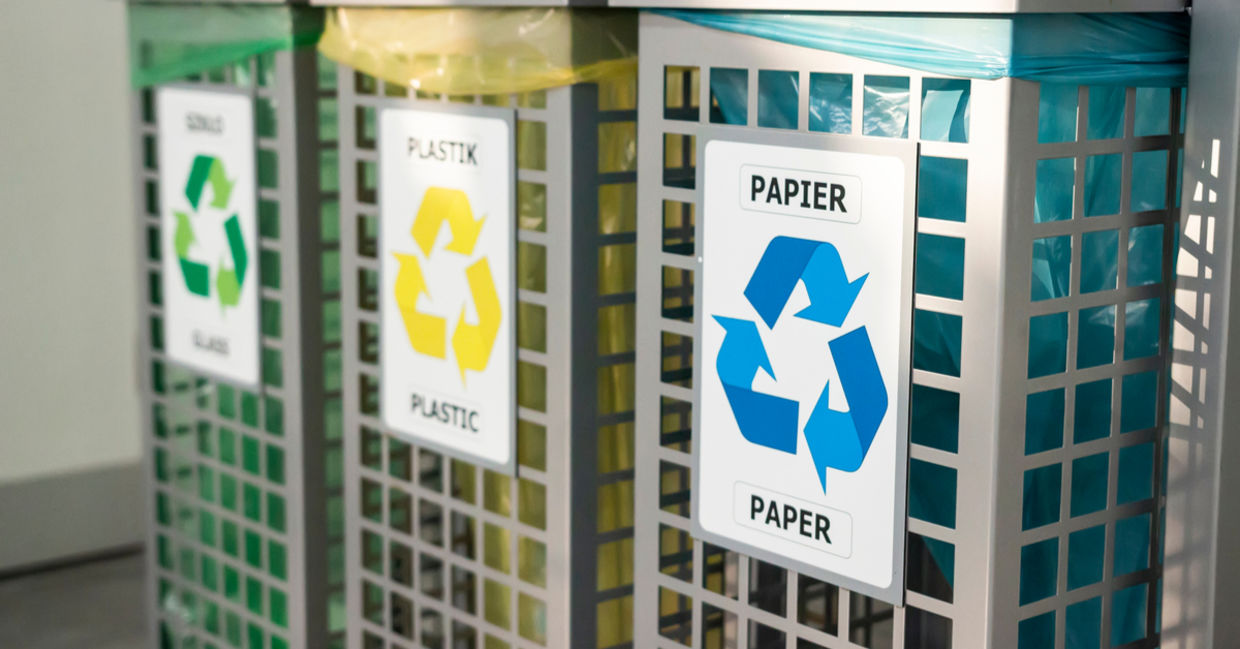
(Dzmitrock / Shutterstock.com)
2. Know What is Not Recyclable
It is really important to know what you cannot put in your bin. You can always check with your municipality or at BeRecycled.org if you live in the US, just plug in your zip code to search. Recycling companies struggle with the same problem items: hoses, cords, plastic bags, needles, clothing and propane tanks, according to Marshall, so don't put those items in your bin.
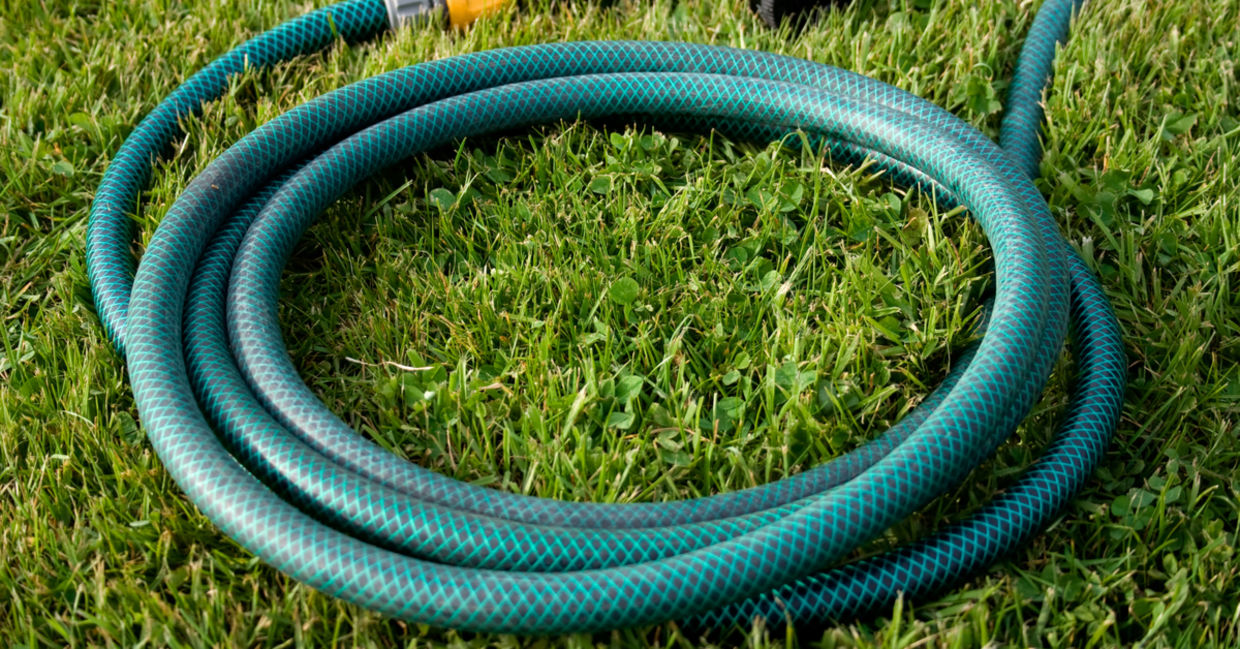
(photocritical / Shutterstock.com)
3. Rinse out or Clean items
Do a quick clean to make sure there is no food left in containers before you put them in the bin. This is really important if you only use one bin because food items or liquids could ruin paper. Save food for composting in your garden.
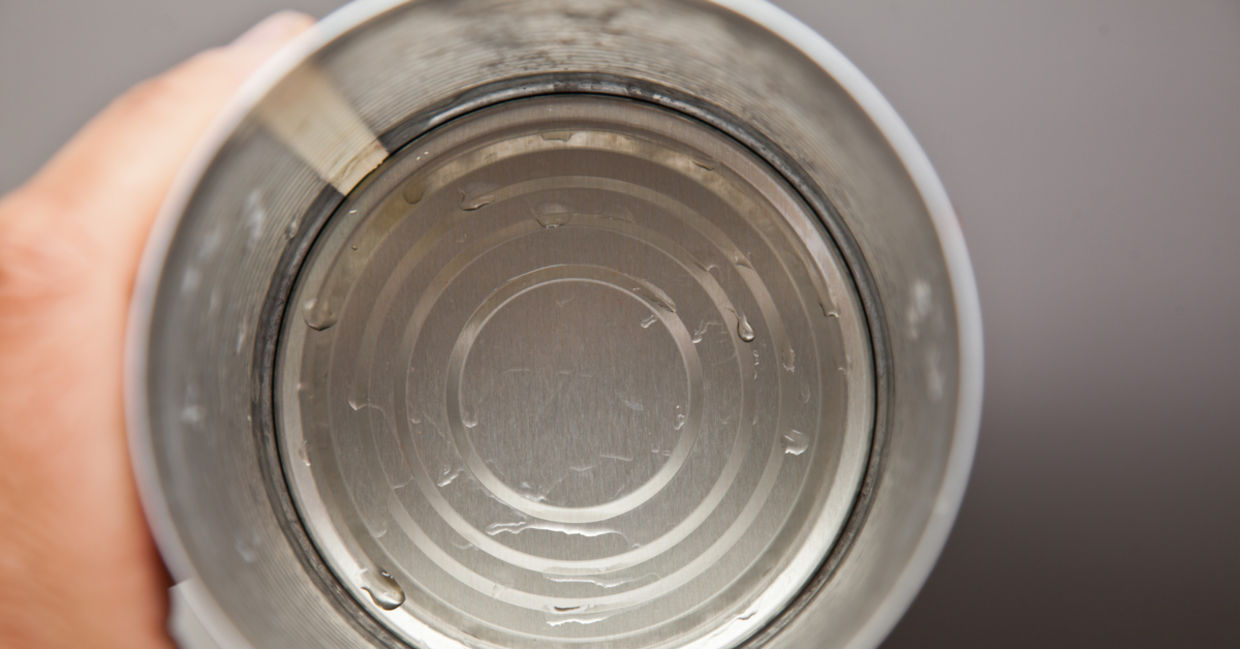
(Helmut Seisenberger / Shutterstock.com)
4. Don't Bag it
Unless you live in a place that requires it, like New York City, keep the recyclables lose in the bin. “A lot of the time, it’s not safe for our employees to rip those bags open, or it takes too much time,” said Keller. “A lot of bagged stuff goes right to the landfill.”
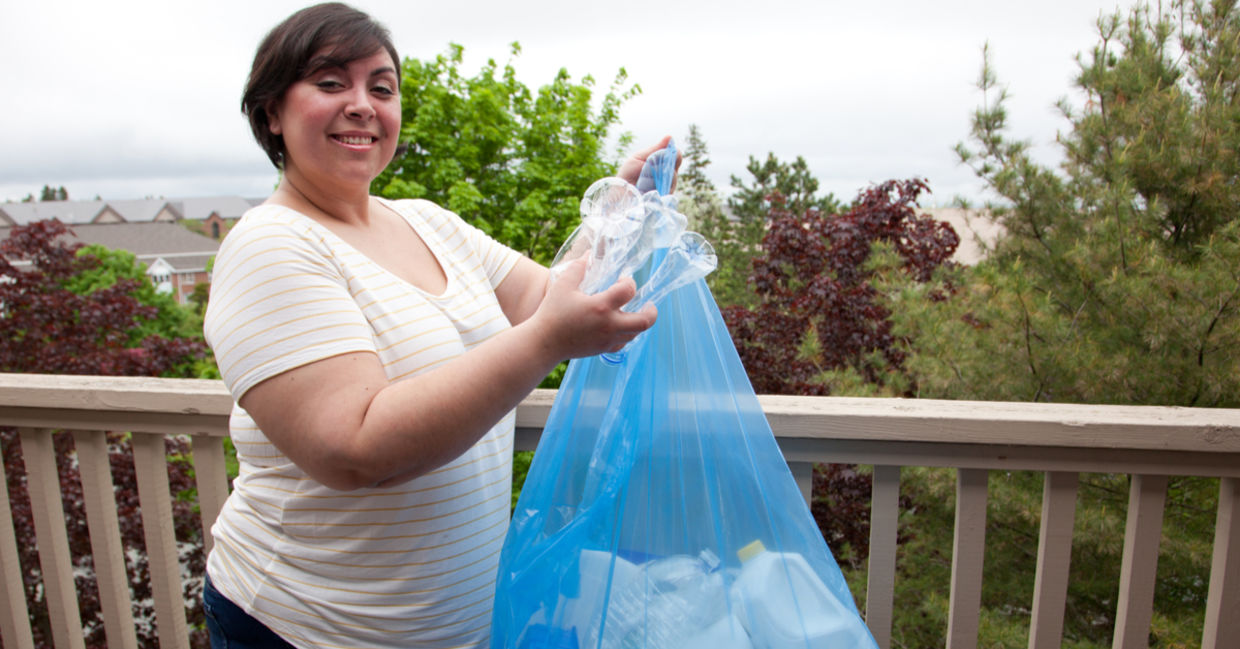
(rustycanuck / Shutterstock.com)
5. If You Don't Know Then Throw it Out
If you really don't know if an item is recyclable and if it cannot be donated to be reused, then just throw it in the garbage. It will end up in a landfill but so will items that are put in recycle bins that don't belong there. If there is nonrecyclable items in your bin, it may not be picked up anyway. Waste Management spokesperson Janette Micelli said that the company spends hours every year to remove plastic bags, Christmas lights and other items that get tangled up in the equipment.
Plastic bags can be used again or returned to grocery stores. Batteries, light bulbs, and hazardous waste may have a local recycling program so google or check BeRecycled.org to see where they can be dropped off. Companies like Gillette have programs to recycle disposable razors or you can use refillable containers at a zero-waste supermarket near you.
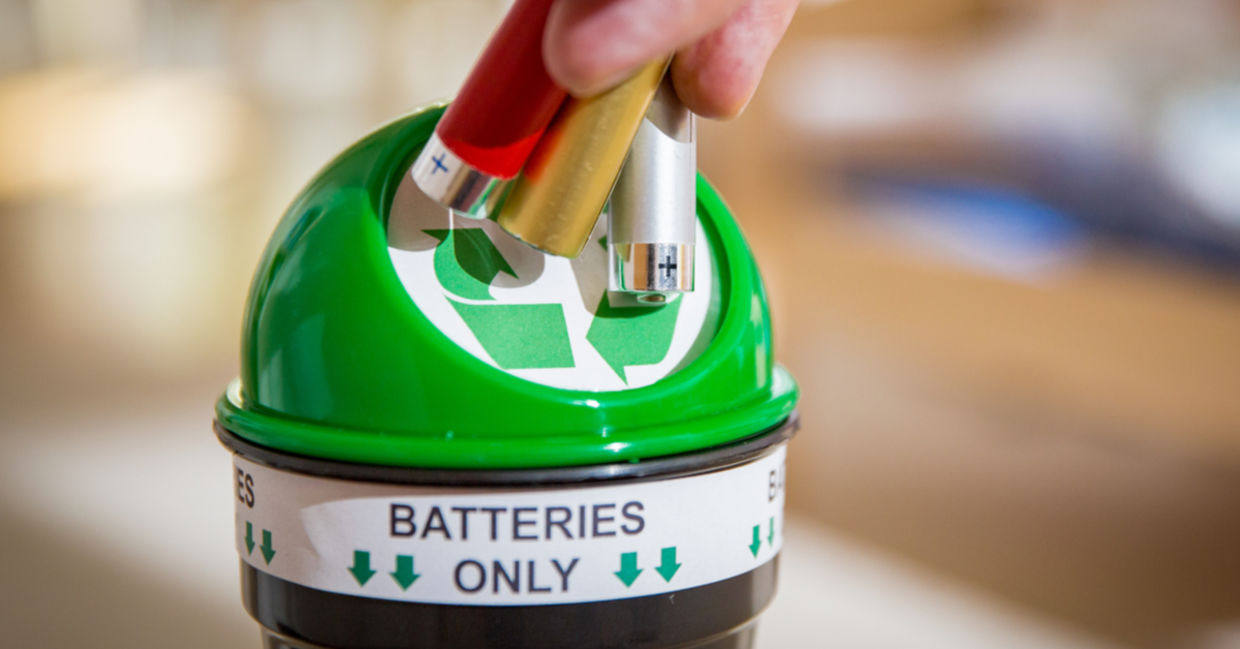
(Aleksandra Suzi / Shutterstock.com)







